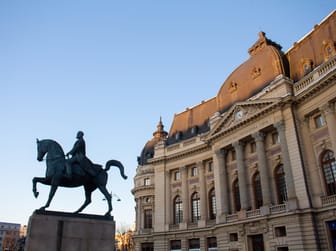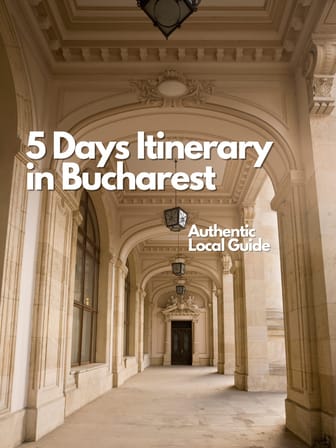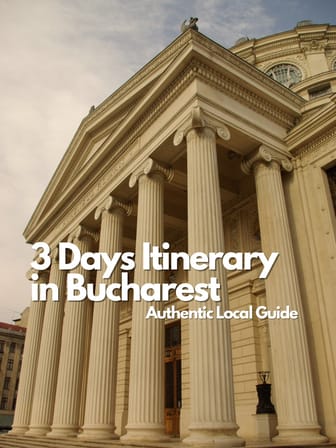"Dimitrie Gusti" National Village Museum
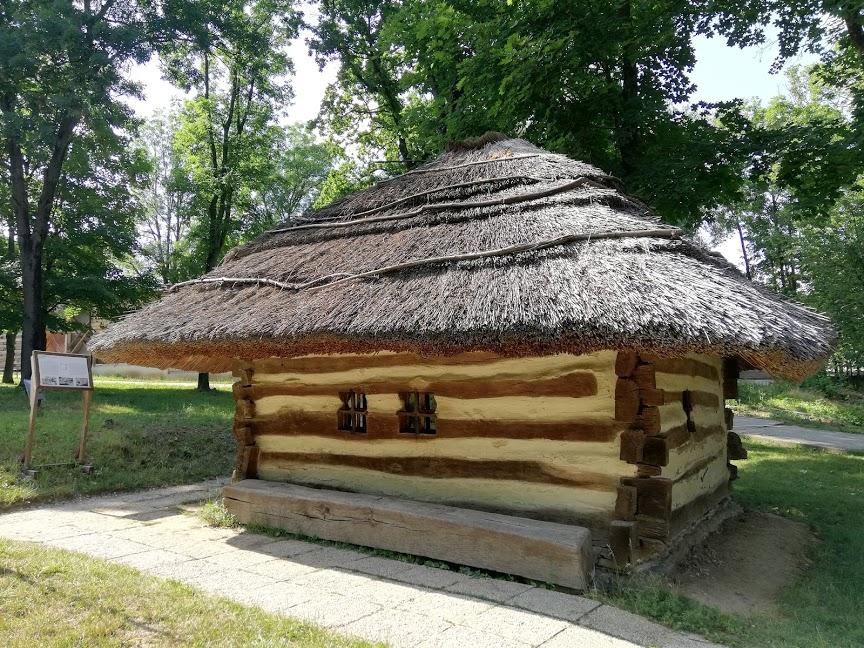
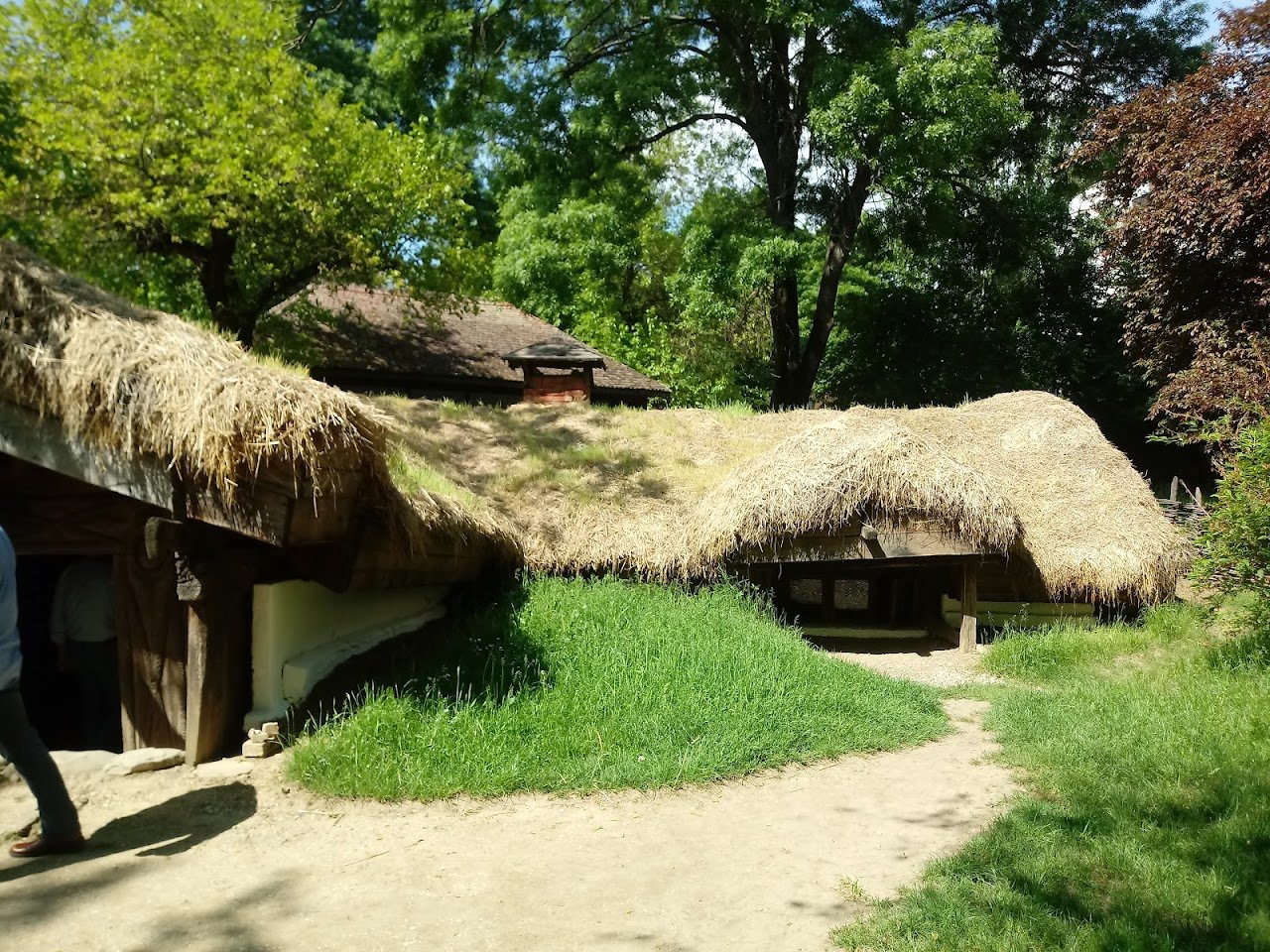

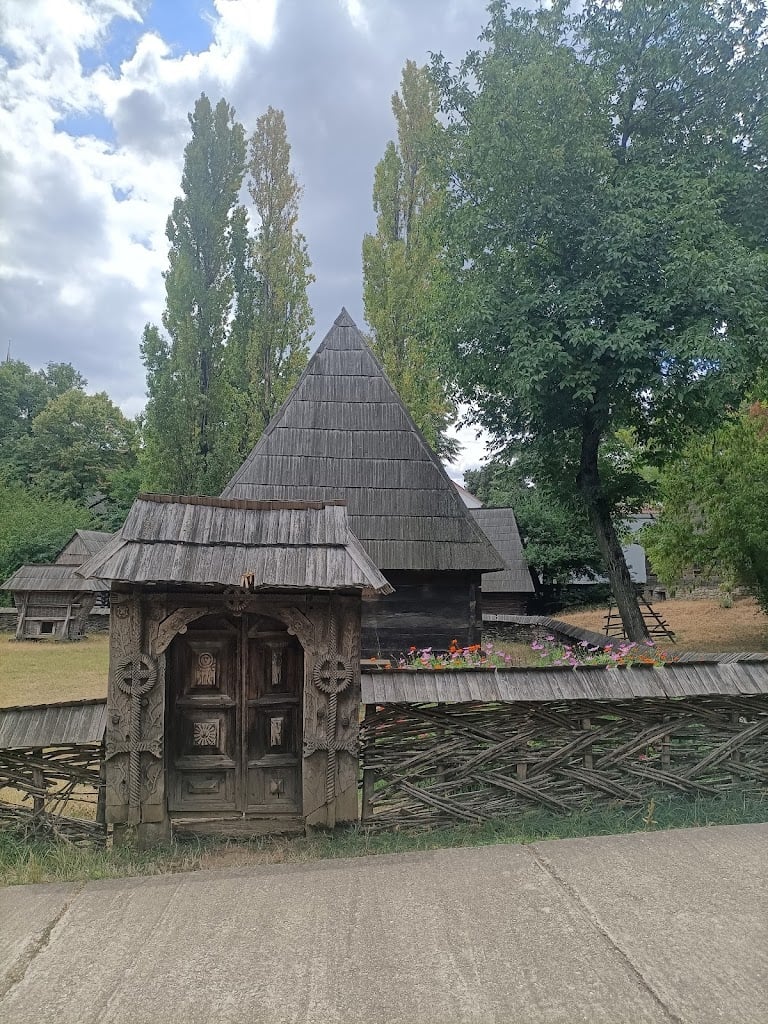
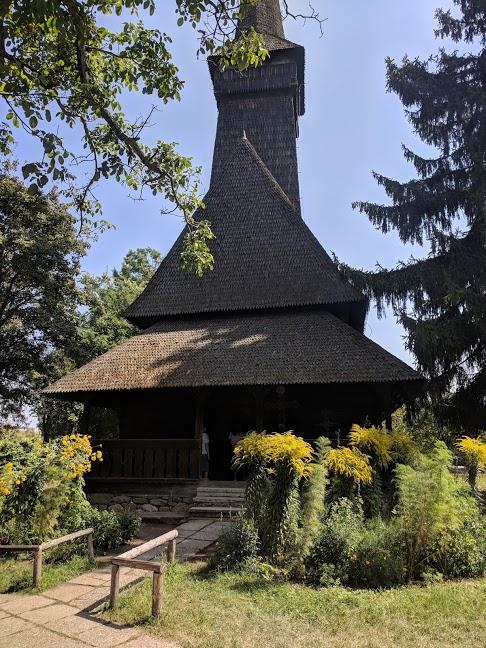
Ask ThatchGPT
Suggest a local expert to plan my trip
Suggest an unique itinerary for my Romania trip
What foods do Romania locals eat
What are some true hidden gems in Romania
Help me brainstorm trip ideas for Romania
Help me plan a family-friendly trip to Romania
What people say
Pedro Pereira
Available for hire
"A natural park that is, at the same time, the quintessence of the rural universe of the past or more recently
Located in an exceptional natural setting, on the shore of Lake Herăstrău, the "Dimitrie Gusti" National Village Museum bears the name of its founder, Professor Dimitrie Gusti, founder of the Sociological School in Bucharest. Few capitals can be proud of a museum of such specificity; the museum is one of the most visited tourist attractions in Bucharest (on average 350,000 visitors annually, of which more than half are foreign tourists).
Inaugurated on May 10, 1936, in the presence of King Carol II, the Romanian Village Museum was one of the first open-air ethnographic museums in Romania (after the Ethnographic Museum of Transylvania in Cluj - Hoia Park, founded by Professor Romulus Vuia in the year 1929) and even from the world.
The creation of this museum is the result of over a decade of research coordinated by Professor Dimitrie Gusti. As the head of the department of sociology at the University of Bucharest, Gusti organized between 1925-1935, together with his sociology students and specialists from various fields (geographers, ethnographers, folklorists, statisticians), monographic research campaigns, with the object villages located throughout Romania.
In February 1937, Dimitrie Gusti and his collaborators were invited to participate in the international exhibition in Paris, with a selection of objects representative of Romanian popular culture.
Unity in diversity
The museum capitalizes on all the authentic and representative elements of our popular culture. The public is drawn to the architecture of constructions made by anonymous craftsmen. The constructions themselves are not simple museum objects, they are enlivened by traditional tools, ethnographic objects, the amenities of an authentic peasant household. Currently, the visitor has the opportunity to discover the image of a village - the quintessence of Romania, in its unity, diversity and originality.
Within the museum you can see the ethnic and cultural mosaic from Romania. Thus, in the museum we find a Szekler household transferred from the town of Bancu, Harghita county, as well as another Russian-Lipovian household from the town of Jurilovca, Tulcea county.
Complex with the vocation of "museum vivum"
The museum has a dynamic character, its vocation as "museum vivum" is exercised through programs and activities that attract an ever-increasing number of visitors. Some of them have already entered the tradition of the museum: presentations of traditional costumes, fairs on the occasion of the main secular or religious holidays, activities on the occasion of the "Different School", the Festival of Winter Customs "Yellow Flowers", the Fair of Folk Craftsmen, Days of Ethnographic Areas, Camp of creation "Summer on the street", Culture Days of different peoples (organized together with the embassies of the respective countries).
In the museum premises, there is also a permanent exhibition with the sale of authentic handicraft items, made by folk craftsmen; leaflets, guides, catalogs, postcards, CDs, etc. are also distributed through the museum's bookstore.
All these actions are intended to invite visitors to discover the museum's values, as well as to educate the public's taste and help it discern the authentic from the kitsch."
Pierluigi Tucci
Available for hire
"The Dimitrie Gusti National Village Museum is a large open-air cultural museum that offers a fascinating insight into the life of the
village in Romania over the centuries. With an area of over 100,000 square meters, it is located in the breathtaking Herăstrău Park,
a slice of uncontaminated nature nestled on the edge of the vast Herăstrău Lake.
The museum currently contains 272 examples of traditional Romanian peasant farms, village houses, religious structures and dwellings
from all over the country, demonstrating a wide range of architectural styles, interior decorations and even clothing of the
village. It is a truly unique experience that allows you to go back in time and imagine Eastern European life back in the day.
margins of urbanity in the last hundred years.
The Village Museum was first conceived in 1936 by the famous sociologist and ethnographer Dimitrie Gusti and was intended to
shed light on this often hidden but fundamental part of Romanian life. Subsequently, it became a major attraction
international hotel that attracts visitors from the surrounding areas all year round. The museum is a testimony to the importance that Romanians
attribute to their cultural heritage.
When you arrive at the museum, you will be guided through a total of 36 exhibits showing how daily tasks were performed
in rural Romania. Things you will see include equipment used to stomp grapes to make wine, hunting gear and
agriculture and stables. You will witness the creativity of peasant life, where everything had to be used efficiently due to
limited resources.
The National Village Museum offers a unique experience that you are unlikely to find anywhere else. There are some funny ones too
arts and crafts activities for children and adults."
Read more in:
Andreea Cutov
"This open-air museum is not just a collection of houses, it's a living tableau of Romania's rural history. Wander through the enchanting landscapes dotted with authentic peasant homes, windmills, and barns, each telling a story of a bygone era. "
Read more in:
Mentioned in these guides
About "Dimitrie Gusti" National Village Museum
Get the inside scoop on "Dimitrie Gusti" National Village Museum from local experts, travel creators, and tastemakers. Browse genuine trip notes, "Dimitrie Gusti" National Village Museum reviews, photos, travel guides, and itineraries from real travelers and plan your trip with confidence.
Website
Phone
Save this spot for later or start mapping out a new trip today
Try our AI Travel Assistant and get instant answers to any questions about your trip.
Ask ThatchGPT
